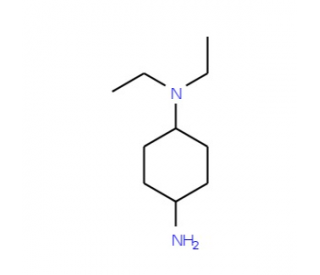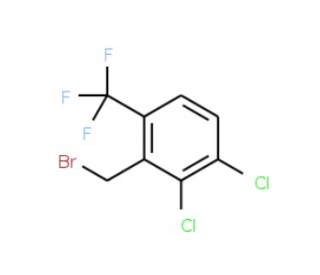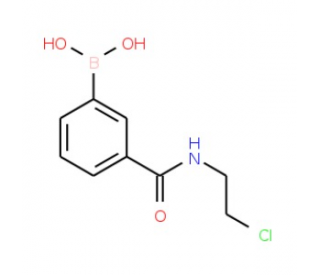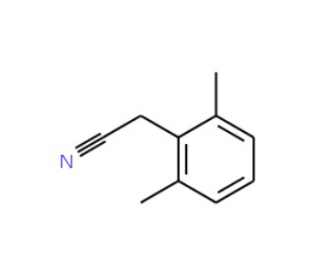詳細說明
Purity
>90%, by SDS-PAGE under reducing conditions and visualized by silver stain
Endotoxin Level
<1.0 EU per 1 μg of the protein by the LAL method.
Activity
Measured by its ability to cleave the fluorogenic peptide substrate, SNAPEtide. The specific activity is >85 pmol/min/μg, as measured under the described conditions. See Activity Assay Protocol on www.RnDSystems.com
Source
E. coli-derived Pro2-Ile403, with an N-terminal Met and 6-His tag
Accession #
N-terminal Sequence
AnalysisMet
Predicted Molecular Mass
46 kDa
SDS-PAGE
43 kDa, reducing conditions
5424-ZN |
| |
Formulation Supplied as a 0.2 μm filtered solution in Tris, NaCl, Glycerol, Brij-30 and DTT. | ||
Shipping The product is shipped with polar packs. Upon receipt, store it immediately at the temperature recommended below. | ||
Stability & Storage: Use a manual defrost freezer and avoid repeated freeze-thaw cycles.
|
Assay Procedure
Materials
Assay Buffer: 50 mM HEPES, 0.1% (v/v) Tween? 20, pH 8.0
Recombinant C. botulinum BoNT-E Light Chain (rBoNT-E LC) (Catalog # 5424-ZN)
Substrate: SNAPEtide (o-Abz/Dnp) (List Biological Laboratories, Inc., Catalog # 550), 2 mM stock in DMSO
F16 Black Maxisorp Plate (Nunc, Catalog # 475515)
Fluorescent Plate Reader (Model: SpectraMax Gemini EM by Molecular Devices) or equivalent
Dilute rBoNT-E LC to 10 μg/mL in Assay Buffer.
Dilute Substrate to 40 μM in Assay Buffer.
Load into a black well plate 50 μL of 10 μg/mL of rBoNT-E LC, and start the reaction by adding 50 μL of 40 μM Substrate. Include a Substrate Blank containing Assay Buffer and 40 μM Substrate without rBoNT-E LC.
Read at excitation and emission wavelengths of 320 nm and 410 nm (top read), respectively, in kinetic mode for 5 minutes.
Calculate specific activity:
Specific Activity (pmol/min/μg) = | Adjusted Vmax* (RFU/min) x Conversion Factor** (pmol/RFU) |
| amount of enzyme (μg) |
*Adjusted for Substrate Blank
**Derived using calibration standard Abz-Gly (Bachem, Catalog # E-2920).
Per Well:
rBoNT-E LC: 0.5 μg
Substrate: 20 μM
Background: BoNT-E Light Chain
Botulinum Neurotoxin Type E is one of the seven serotypes of Botulinum Neurotoxins (BoNTs) produced by various strains of Clostridium botulinum (1, 2). BoNTs are synthesized as inactive single chain protein precursors and activated by proteolytic cleavage to generate disulfide-linked two-chain proteins. The 50 kDa light chain contains the catalytic domain, whereas the 100 kDa heavy chain contains an internal translocation domain and a receptor binding domain (3). BoNTs are the most potent protein toxins for humans. As zinc proteases, they cleave SNARE proteins to elicit flaccid paralysis in botulism by blocking acetylcholine release at the neuromuscular junction (2?4). E. coli-expressed recombinant light chains are active proteases. In the absence of the heavy chains, however, they lack toxicity because they cannot enter into host cells.
References:
Campbell K.D. et al. (1993) J. Clin. Microbiol. 31:2255.
Montecucco, C. and Giampietro, S. (1993) Trends. Biochem. Sci. 18:324.
Turton, K. et al. (2002) Trends. Biochem. Sci. 27:552.
Schiavo, G. et al. (2000) Physiol. Rev. 80:717.
Long Name:
Botulinum Neurotoxin Type E Light Chain
Alternate Names:
BoNTE Light Chain; BoNT-E Light Chain











 粵公網(wǎng)安備44196802000105號
粵公網(wǎng)安備44196802000105號